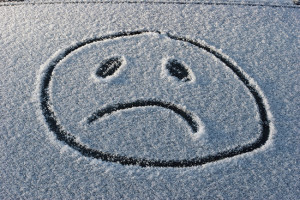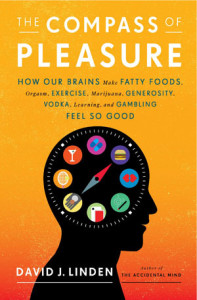“Practice makes Perfect”. One of the most influential, repetitive sayings in the world. The phrase is all to familiar with young students hearing it when they would study for their classes. It’d be heard by the athletes who would spend hours trying to refine and work on their game. I heard this all throughout my basketball career when I was a kid. My trainer would tell me that everyday I needed to get at least 50 shots up everyday in order to become better. Muscle memory he called it.
Muscle Memory can be described as the observation that various muscle-related tasks that seem to be easier to perform after previous practice. It’s as if the muscle remembers the repeated action so the same power and force is used in every action. The precision and accuracy of every motion is the same. So when my trainer told me to shoot 50 shots everyday, he wanted me to do so in order for my shot to remain consistent and develop. He would also have me shoot 2 feet away from the basket with one hand in order for me to emphasis using my legs on my shot and shooting at the top of my release. By doing this repetitively, I was able to incorporate muscle memory in order for my shot to remain consistent.
With that in mind, it’s crazy to think that “practice” can make someone perfect at something. No one is perfect, no one can be perfect. Thats the argument that can be made against the phrase. I came across an article where a research team lead by Brooke Macnamara of Princeton University analyzed the data of 88 research studies regarding the skills area of music, sports, education, and more. What was found was that there is a positive relationship between practice and mastery, but only 12 percent across all areas of expertise is practice varying the skill level. That’s too small of a percentage to believe that practice alone can make someone perfect at something. Macnamara would later go on to say, “Deliberate practice is unquestionably important, but not nearly as important as proponents of the view have claimed.” It was also noted that the percent of variation of skill level was different for each domain studied. It was found that with exercises and sports, 26 percent of individual differences was due to training, yet in the work area, less than one percent of variation of skill was due to practice. It was concluded that many other factors play a role in the expertise and perfection of an action that practice can’t just be it. One factor that can do so is age, for the developmental period for acquiring skills can be differ. So to say that someone who starts “perfecting” their skill earlier in their life will most likely be more advanced.
I then found another experiment that essentially backs up the point of the latter one. Zachary Hambrick, a professor at the University of Michigan says the deliberate practice is not sufficient enough to explain individual’s differences in performance. He argues that someone who doesn’t practice as much could still produce an elite level of performance. Hambrick and his team looked at 14 studies involving chess players and musicians. They monitored how their practice routine affected their performance. What they concluded was that the time spent practicing only accounted for 1/3 of the measurable skills differences for the musicians and chess players. The sliver lining in this experiment is “If people are given an accurate assessment of their abilities and the likelihood of achieving certain goals given those abilities, they may gravitate toward domains in which they have a realistic chance of becoming an expert through deliberate practice”(Hambrick).
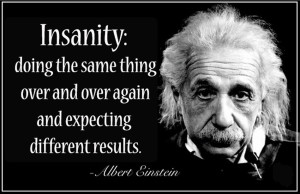
The definition of insanity was defined by Albert Einstein as doing the same thing over and over again and expecting different results. That may be true, but could you say the same for practicing? Well when you practice at something, you are doing the same thing over and over again, but you are expecting different results by becoming better at that action. I believe that practice and the repetitiveness of an action an result in an advanced ability. I also believe in the concept of muscle memory and how procedural memory can play a huge role in the perfecting of an action. However, I also believe that just practice alone can’t make one perfect at something. Even though the saying is older than our great grandparents, it doesn’t hide the fact that the statement “Practice makes Perfect” is wrong.
Works Cited:
http://www.independent.co.uk/news/science/does-practice-make-perfect-not-nearly-as-much-as-you-think-9580402.html
http://lifehacker.com/5799234/how-muscle-memory-works-and-how-it-affects-your-success
http://www.scientificamerican.com/article/practice-doesn-t-always-make-perfect/
http://www.sott.net/article/262018-Does-practice-really-make-perfect


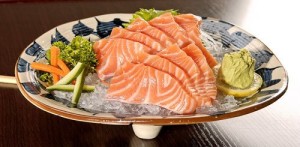











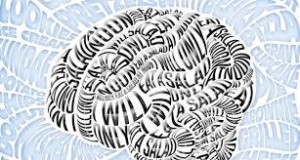







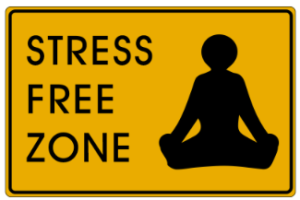 As I discussed in my previous blog, “Keep Calm and Don’t Stress,” chronic stress can be harmful to both your mind and your body. Aside from the obvious short term mental effects stress has on you, extreme stress can have long term effects on your health such as a weakened immune system, high blood pressure, joint and back pains, and many others. That is why it is very important to make sure that you don’t let stress take a toll on your body or your mind. As young adults at a university with rigourous and demanding course loads and time consuming extracurriculars, we can not afford to be preforming at any less than 100%.
As I discussed in my previous blog, “Keep Calm and Don’t Stress,” chronic stress can be harmful to both your mind and your body. Aside from the obvious short term mental effects stress has on you, extreme stress can have long term effects on your health such as a weakened immune system, high blood pressure, joint and back pains, and many others. That is why it is very important to make sure that you don’t let stress take a toll on your body or your mind. As young adults at a university with rigourous and demanding course loads and time consuming extracurriculars, we can not afford to be preforming at any less than 100%. One popular method that many people turn to in order to reduce their stress levels is exercise. Aside from having overall benefits for your health, it also has some results that help melt away your stress. According to an article from the
One popular method that many people turn to in order to reduce their stress levels is exercise. Aside from having overall benefits for your health, it also has some results that help melt away your stress. According to an article from the 










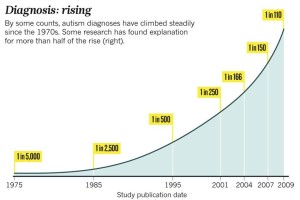

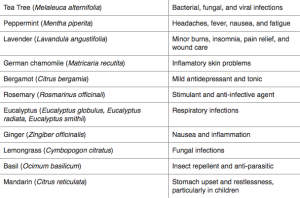 aryland Medical Center
aryland Medical Center
